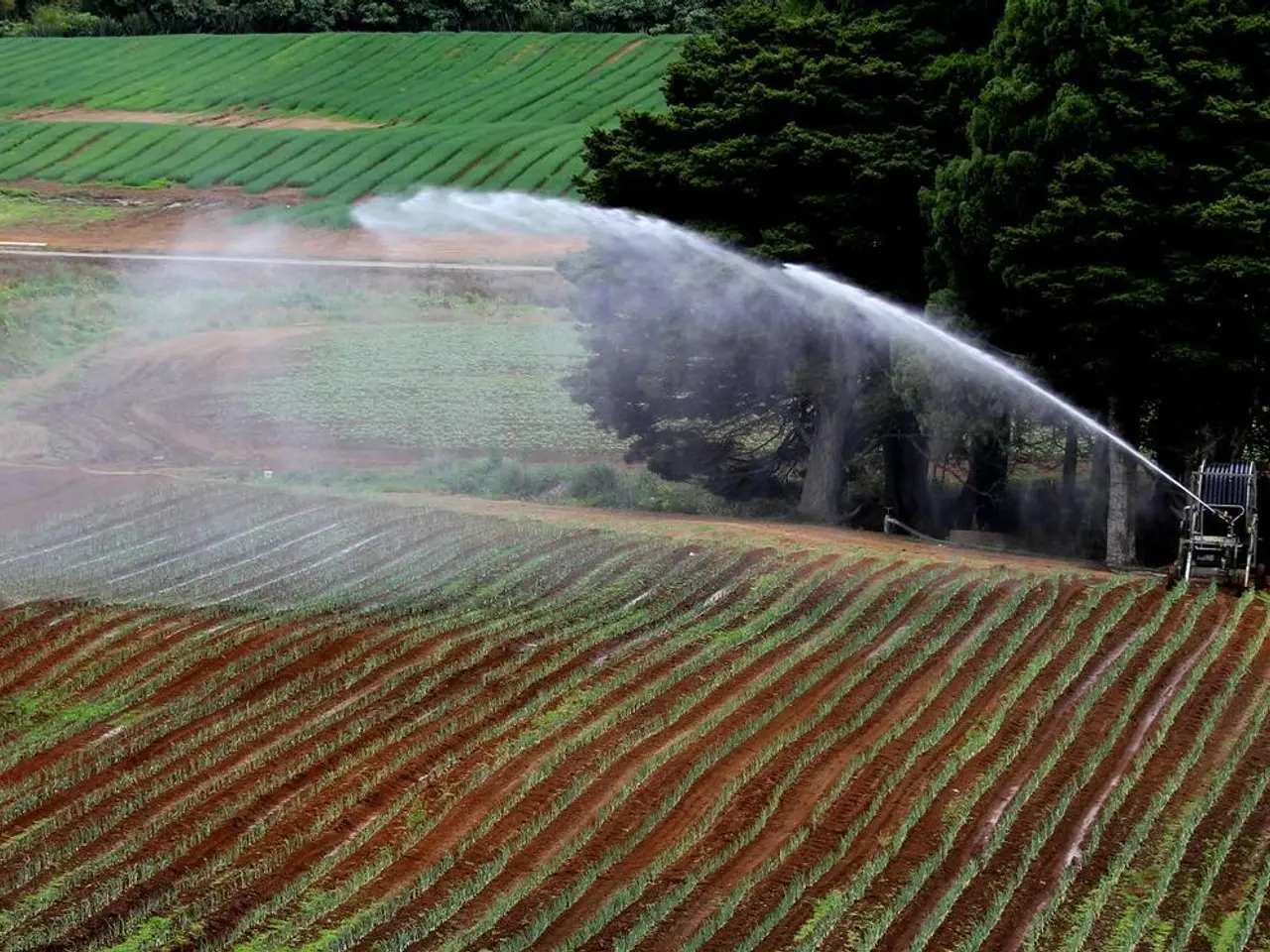India's Odisha region spearheads energy-agriculture synergy through inaugural Agri-Photovoltaics summit
In the heart of eastern India, Odisha is taking a significant stride towards a sustainable future with the adoption of Agri-Photovoltaics (APV). This innovative approach, which combines solar energy generation with traditional farming, was recently showcased at the state's first-ever APV summit, SunKranti APV 2025, held in Bhubaneswar.
The event, organised by Passing Gifts, marked the launch of Odisha’s first community-led APV pilot project in Koraput. This initiative aims to empower tribal smallholder farmers by integrating solar energy generation with their farming activities.
Odisha's geographical advantages make it an ideal location for APV deployment. With over 300 sunny days a year and an average solar irradiance of 5.3 kWh/m²/day, the state already boasts a renewable energy capacity of nearly 3 GW, 21% of which is solar-based. The government aims to expand this capacity to 7.5 GW by 2030, positioning APV as a key innovation in achieving this goal.
For farmers, APV offers a dual benefit. By growing crops beneath or around solar panels, they can generate clean energy as a "third crop," providing an additional revenue stream. This innovation has the potential to significantly increase earnings, particularly for smallholder and tribal farmers, who constitute a large share of Odisha’s agricultural workforce.
The synergy between agriculture and solar energy also enhances food and energy security. APV enables simultaneous agricultural and solar energy production without compromising crop growth, resulting in more efficient use of finite land resources and bolstering food output alongside renewable energy generation. This synergy supports climate resilience and sustainable rural development, crucial for Odisha’s socio-economic and environmental objectives.
Land productivity improves through this dual-use model, with the shading effect of solar panels potentially benefiting certain crops by reducing water evaporation and heat stress, potentially enhancing farming outcomes in Odisha’s climate.
While Odisha's APV efforts are still in their infancy, the pilot project and the 2025 summit signify a pivotal step towards scaling APV technologies statewide. The government's broader renewable energy initiatives, including approvals for large solar and wind projects, complement the APV push by creating a supportive ecosystem for clean energy and sustainable agriculture.
Leaders at the summit emphasised APV’s role in doubling farmer incomes by creating this supplemental income source and integrating with government schemes such as PM-KUSUM for wider adoption. Notable participants included Dr Arbinda Kumar Padhee, principal secretary of the department of agriculture; Dr Satyapriya Rath, managing director of GRIDCO; and Dr D.K. Singh, principal scientist at IARI, who participated in panel discussions highlighting the role of Farmer Producer Organisations (FPOs) in implementing APV models.
Neena Joshi, senior vice president of Heifer International (the parent entity of Passing Gifts), expressed support for APV as a solution to address food security, energy access, and climate challenges simultaneously, not only in India but across South Asia. Rina Soni, executive director of Passing Gifts, described SunKranti APV 2025 as a convergence of innovation, inclusion, and action, aimed at creating a replicable model where clean energy and agriculture thrive together.
Gokulananda Mallick, Odisha's minister for fisheries and animal resources development, stated that APV has the potential to bring a transformational shift in rural development, especially in integrating clean energy with allied sectors like fisheries and livestock.
In summary, Odisha’s APV status is emerging from pilot stages with strong institutional backing, climate advantage, and socio-economic incentives. Its potential impact lies in meaningfully boosting smallholder farmer incomes, ensuring food and energy security through land productivity enhancement, and contributing to the state’s ambitious renewable energy targets by 2030.
- The innovation of Agri-Photovoltaics (APV) is not only being adopted in Odisha, but it is also being promoted through the integration with government schemes such as PM-KUSUM, with the aim of doubling farmer incomes by creating an additional income source.
- The synergy between APV and traditional farming is important for environmental science as it supports climate resilience and sustainable rural development, all while enhancing food and energy security by efficiently using land resources and generating clean energy.
- As Odisha seeks to expand its renewable energy capacity to 7.5 GW by 2030, the financial sector, including investors and financial institutions, will play a crucial role in financing APV projects, fostering the growth of the renewable energy industry in the state.




